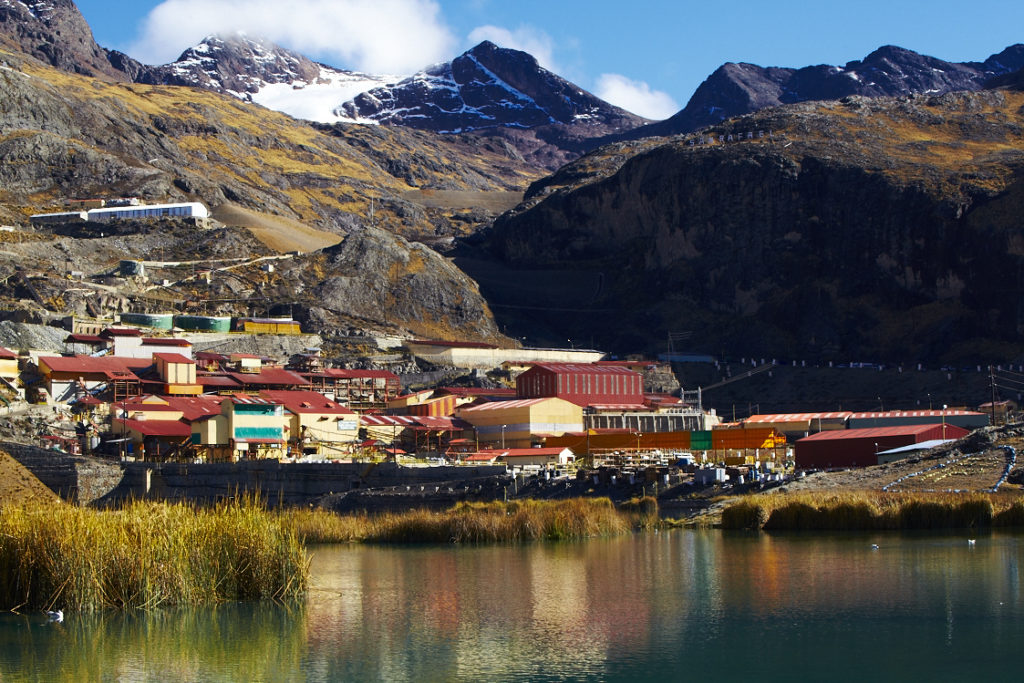
One of the world’s biggest tin producers is rolling out a digital tracking system for all of its output as the formal mining industry steps up efforts to distinguish itself from minerals produced illegally or unethically.
Minsur SA — controlled by the Brescia family, one of Peru’s wealthiest — plans to track about 29,000 metric tons of tin a year, including its production in Brazil. Eventually, the Minespider traceability system would also cover gold mined in Peru, Minsur spokesman Gonzalo Quijandria said in an interview Monday.
The blockchain-based platform shows proof of origin to buyers of tin, one of the original conflict minerals given its extraction in places like the Congo. Much of the world’s tin also comes from informal mines in Southeast Asia. South American nations including Peru and Brazil are also grappling with new areas of illegal gold and copper mining.
“It’s not only an economic problem, it’s a security problem,” said Quijandria, head of corporate affairs and sustainability. “There’s a lot of criminal activity related to informal mining. For a country like Peru with a lot of informality in the economy, it is a really big issue.”
The initiative is billed as the largest industrial scale roll-out of traceability to date. But efforts to ensure compliance with environmental and labor standards are also becoming widespread in the cobalt industry, where transparency initiatives track supply chains from Congolese mines to electric vehicle production.
Tin, used as a solder in electronic circuits and in alloys as a protective coating, is also a key part of solar power infrastructure, with demand set to rise in the clean energy transition.
Minsur shares were up slightly at 10:07 am in Lima.
(By James Attwood)
Comments